Lately, it’s been hard not to be optimistic over the Ottawa Senators‘ future. Their roster is filled with young, talented players, from Brady Tkachuk, Tim Stützle, Thomas Chabot, and Drake Batherson, to name a few. It’s been a long rebuild in which the team has seen their fair share of terrible finishes, but at the end of the 2020-21 season, they finally started to show some real promise as a playoff team.
Senators’ owner Eugene Melnyk has also been optimistic with his team. While he believes they are still in need of a top defensive defenseman and a first-line center, he claims that “We’ve done the rebuild. We’re still building but we’re almost done” (from ‘GARRIOCH: Melnyk calls McGuire a key piece of Sens’ Stanley Cup drive,’ Ottawa Sun – 12/07/21). While fans have learned to take their owner’s words with a grain of salt, he’s not far off here – the Senators are nearing the end of this long, painful road.
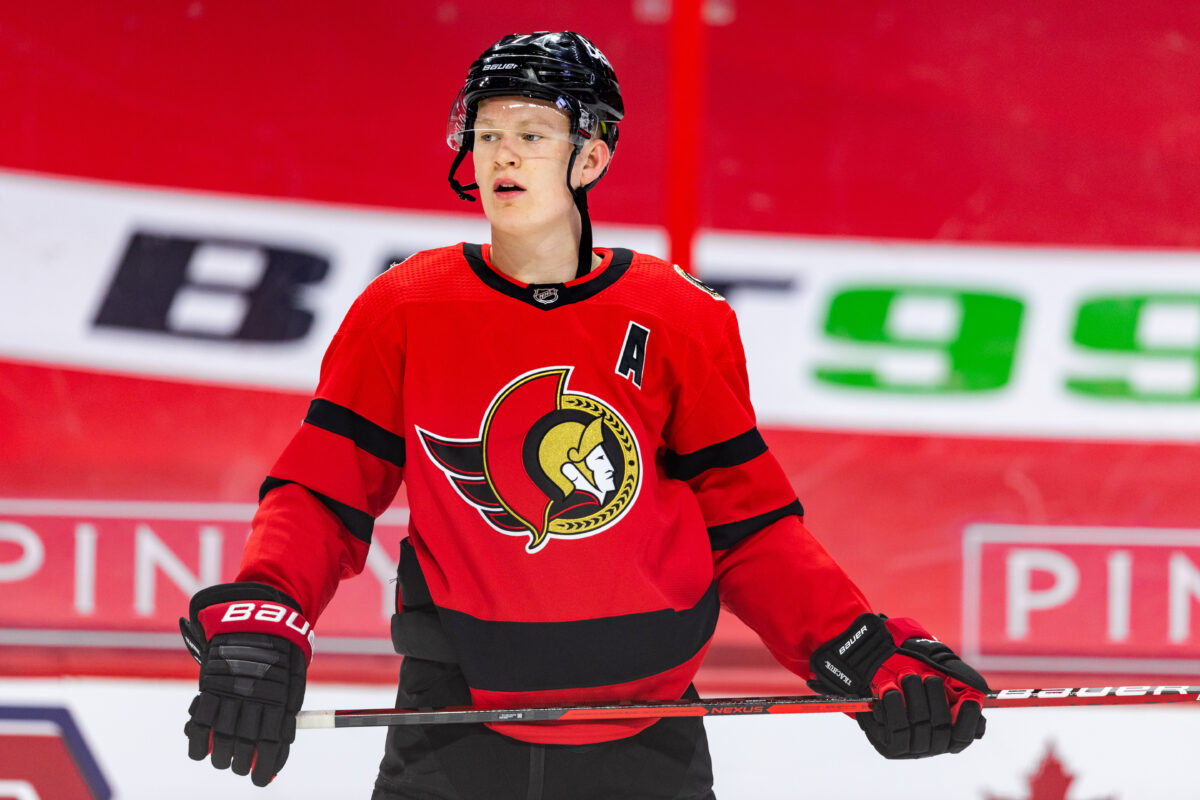
However, whether this team can make the push to win the Stanley Cup is another story. Modern NHL teams build championship-calibre teams through the draft, and looking at the Senators’ selections, there is a worrying trend emerging that threatens to prevent them from reaching their full potential, if it doesn’t derail the whole rebuild first. General manager Pierre Dorion and his scouting team, headed up by Trent Mann, have focused almost entirely on size and grit over the past four years, and as history shows, that’s not how champions are built anymore, which should greatly concern fans of this team.
Senators Draft Trends
It’s no secret the Senators like to reach on their picks. They faced criticism when they selected Tkachuk fourth overall, yet he’s emerged as one of the best of his class, sitting second in total points behind Andrei Svechnikov. Reaching isn’t the problem, however; rather, it’s the Senators’ unabashed focus on size that has blinded them to picking smaller, more skilled players.
After the Senators selected Tkachuk in 2018, they made seven more selections, including another first-round pick. That was used on Jacob Bernard-Docker, who was viewed by most as a second-round pick. So far, that selection looks to be panning out, but he was one of the few players who wasn’t a leader in penalties in minutes (PIM). Of the next six picks, two players led their teams in PIMs, while two others were top-three among their position. And only one of them was under 6-feet tall – that being 5-foot-11 Angus Crookshank, who made his American Hockey League debut in 2020-21.

In 2019, the Senators made six selections with their first being defenseman Lassi Thomson, who was known as an offensive defenseman in the Western Hockey League, but wracked up 18 PIMs in just seven international contests that season, the highest per-game rate on the team. Shane Pinto, their next selection, was the most penalized forward on his team, as was Viktor Lodin, their fourth-round pick. Overage pick Mark Kastelic was both his team’s point and PIM leader. Only their final pick, Maxence Guenette, didn’t rank at the top of his team’s PIM leaders. However, no selection was below 6-feet tall.
The 2020 draft was expected to be a big one from the Senators and they made the most of it, picking 10 times and landing star forward Stutzle and future top defenseman Jake Sanderson in the top five. However, the rest of their picks followed a similar pattern to previous drafts. Only one player was under 6-foot tall, that being 5-foot-11 Ridly Greig, and he was second on the Brandon Wheat Kings in PIMs. In the second round, they made three selections and all of them had high penalties; Tyler Kleven led his team in PIMs, while Roby Jarventie and Yegor Sokolov were top-five on their respective rosters.

Then came 2021, which was arguably the least subtle when it came to their strategy. Their first pick was Tyler Boucher, a 6-foot-1, 205-pound power winger who may have been the most physical player available in the draft. He was one of only three players on the United States Development Team to have more than a penalty minute per game average. Next, they picked Zach Ostapchuk, a 6-foot-3 winger who sat fourth in team PIMs on the Vancouver Giants. Fellow second-rounder Ben Roger is of a similar ilk, standing 6-foot-4 and weighing in at 200-pounds, although he didn’t play in 2020-21. Their final three picks were also big players, with seventh-round pick Chandler Romeo dwarfing the rest at 6-foot-5.
So, over four drafts, the Senators ended up with 30 prospects: three goalies, eight defensemen, and 19 forwards. Of those selections, only two were under 6-feet, and just barely at 5-foot-11, while nearly half (13) of them were 6-foot-3 or taller. If that were one draft, that would seem like a coincidence, but spread out over four years it’s clearly a directed effort to select big, gritty players.
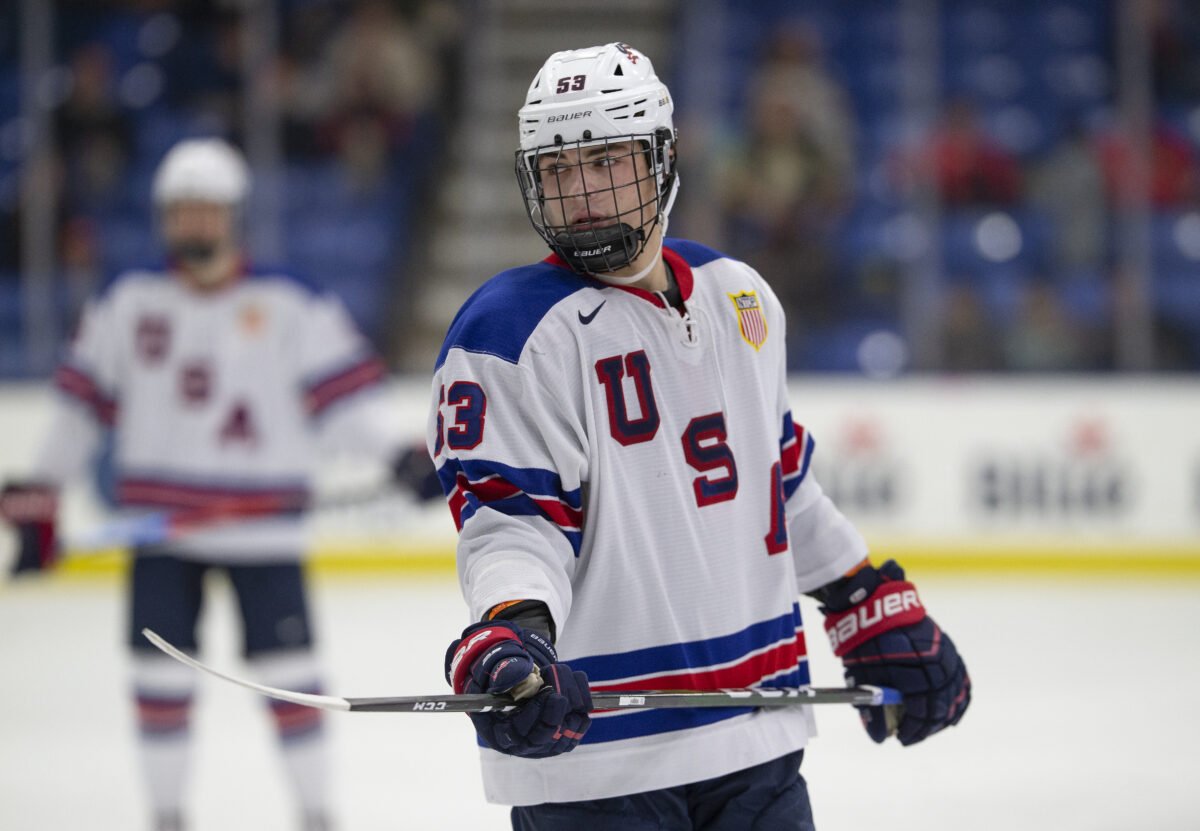
It’s no secret NHL scouts and general managers love big players. However, smaller players are continuously emerging as game-breaking stars. Brayden Point is the current poster boy for undersized stars; standing 5-foot-10, he had to wait until the third round of the 2014 draft despite scoring 91 points for a very weak Moose Jaw Warriors team, but now has two Stanley Cups under his belt, plus 73 points over 67 playoff games. But he’s far from alone: Alex DeBrincat, Brad Marchand, Viktor Arvidsson, Johnny Gaudreau, Cam Atkinson, and Cole Caufield are all stars in their own right, yet all stand under 5-foot-10.
With the Senators focusing simply on big players, they will inevitably miss these diamonds in the rough because they refuse to look there. Mann spoke out against those questioning the Boucher selection, saying, “we feel Tyler fits into what we’re trying to build here. It’s another piece that fits into the structure we’re trying to put in place here” (from ‘GARRIOCH: Tyler Boucher is tough as nails and that bodes well for the Ottawa Senators’, Ottawa Sun – 24/07/21). Ottawa has had their fair share of late-round steals, but lately, it seems that they’ve put on blinders, which may end up hurting their team in the long run.
The Tom Wilson Effect
So, why are the Senators focusing so heavily on one type of player? The answer may lie in the timing of Mann’s promotion to head scout. After serving with the team since 2011-12, he was moved to Director of Amateur Scouting in 2017-18. That was the year that the Washington Capitals won their first Stanley Cup, and while Alex Ovechkin may have been awarded the Conn Smythe Trophy, there was no bigger impact player than Tom Wilson.
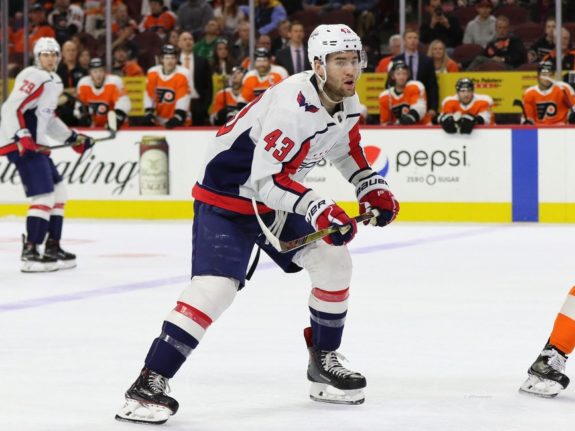
Prior to the 2018 playoffs, Wilson was not living up to his status as a first-round pick. The 10th overall selection in 2012, there was never any impression that he was going to be a top-line scorer – this was a big, in-your-face player who would provide grit and secondary scoring on the middle-six. But instead, he had become a modern goon, having frequent run-ins with the Department of Player Safety.
Yet it was that willingness to play on the edge that made the Capitals such a tough team to play against. In 2017-18, he not only led the team in PIMs but put up a career-high 35 points, finally emerging as that secondary scoring threat. In the playoffs, he raised his game even further, putting up five goals and 15 points in 21 games while playing over 17 minutes a night and ending with a plus-11. It’s hard not to see the influence that had on the NHL, especially the Senators. That summer, they selected Tkachuk fourth overall, and several sources questioned why they would take them that high.

So far, the Senators have reaped the rewards with Tkachuk, who has become the heart of the team in the four seasons he’s been in Ottawa. But Wilson has had a bit of a downward spiral since 2018. In the 2017-18 playoffs, he was suspended for three games after a high hit against Pittsburgh Penguins’ rookie Zach Aston-Reese in Round 2, and nearly was in Round 1 after a hit on Alex Wennberg. The following pre-season, he was suspended for 20 games after a nasty hit to Oskar Sundqvist, and in 2019-20, he was by far the most penalized player in round one of the playoffs. In both seasons, the Capitals were eliminated in the first round and struggled with secondary scoring.
Teams rarely seem to have more than one player of that ilk, because they inevitably become problems. Raffi Torres was a fifth overall pick in 2000 but was plagued with suspensions, including the longest one in NHL history at 41 games. Evander Kane has worn out his welcome after leading the San Jose Sharks to the 2019 Stanley Cup Final. Matthew Tkachuk has also found himself in hot water over several instances. Yet the Senators have gone and selected a player who has been regularly described as a Tom Wilson-type player and has several other prospects in their system who could fit that description.
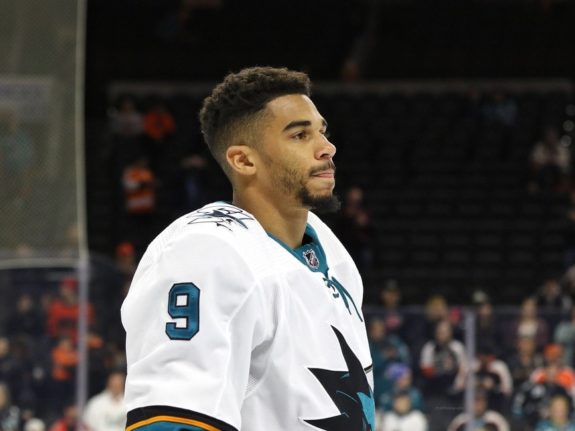
There’s no question that Wilson-type players are effective. The Capitals likely couldn’t have won their Cup without him, and the Senators couldn’t have surged to the best record after the 2021 All-Star break without Tkachuk. But the more players of that type you have on your team, the greater chance you have of creating problems on the ice that will prevent the team from excelling. No one wants to be in the same situation as the Sharks, who reportedly have several players stating they no longer want Kane on their team.
These examples beg the question – will the younger Tkachuk be able to stay out of trouble, or will the concentration of players who love to push the rules result in a team full of Kane’s or Torres’s? And will the Senators manage to win a championship if everything starts to fall apart?
How to Build a Modern Stanley Cup Champion
At one time, toughness was necessary for building a Cup Champion. The ‘Big Bad Bruins’ of the 1960s and the 1970’s Philadelphia Flyers, dubbed the ‘Broad Street Bullies’, crashed their way to several Stanley Cups by stocking their roster with the toughest players of the era. In the 1980s, the New York Islanders and Edmonton Oilers made sure their big stars had several protectors. But the last team to win it all while also leading in PIMs was the 2007 Anaheim Ducks. Since then, teams that ranked in the bottom 10 in PIMs frequently went on to win the Cup. The Chicago Blackhawks, the 2004 Tampa Bay Lightning, and the Pittsburgh Penguins were loaded with stars, not tough guys.
Sure, there’s a lot of luck in the playoffs, which is what makes the postseason so exciting. But the NHL is definitely trending towards a more finesse-driven league. St. Louis Blues general manager Doug Armstrong said after winning the Cup in 2019, “I believe the game is trending towards speed, skill and puck movement.” Lightning GM Julien BriseBois followed up that statement by saying, “There are advantages to being a heavy guy. They have advantages that other smaller players don’t have. But our identity is based on pace. If you’re a big guy and can’t play with pace, you can’t play for us. Really, that’s what it comes down to” (from ‘Stanley Cup blueprint: How the Central teams stack up to the Blues,’ The Athletic – 19/08/19).
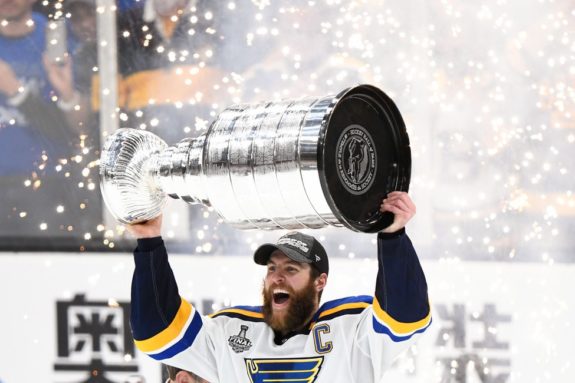
Based on those comments, the NHL is trending towards speed and strong skating skills, but that’s not to say team’s don’t need toughness anymore. The Blues were one of the biggest teams in the 2019 playoffs and got plenty of grit from Patrick Maroon, who went on to win two more Cups with the Lightning. In Tampa, he joined Barclay Goodrow and Blake Coleman, two other depth grinders who were invaluable in the Lightning’s Cup runs. But these weren’t first-line players. That as reserved for Vlad Tarasenko, Alex Steen, Nikita Kucherov, and Steven Stamkos, highly-skilled game-breakers who rarely had more than 60 PIMs in a season.
So, in order to build a Cup champion, teams seem to need to balance their lineup. They need strength and grit from their depth lines. but also high-end speed and skill on their top lines. Yet the Senators have drafted primarily power forwards. No matter how they pan out, that doesn’t make for a well-balanced roster. It’s even worse when considering the offensively-gifted defenseman Erik Brannstrom is reportedly being shopped for forward help.
You May Also Like:
- Senators’ Latest Trades Helping Team Become More Balanced
- Ottawa Senators’ 2024 NHL Draft Class Recap
- Senators News & Rumors: Yakemchuk, Chychrun, Joseph & More
- Ottawa Senators Draft Carter Yakemchuk 7th Overall
- Senators’ 2021 Draft Class Could Be the Worst in Franchise History
When a team has a specific player in mind when they draft, they will miss out on talented players that would have helped them form a more complete team. History has shown that when teams take the best player available, regardless of their fit in the organization, they profit far more often. Time will tell if the Senators found some hidden gems with their bold drafting strategy, but based on their current strategy, this is not a team destined to win a Stanley Cup.
